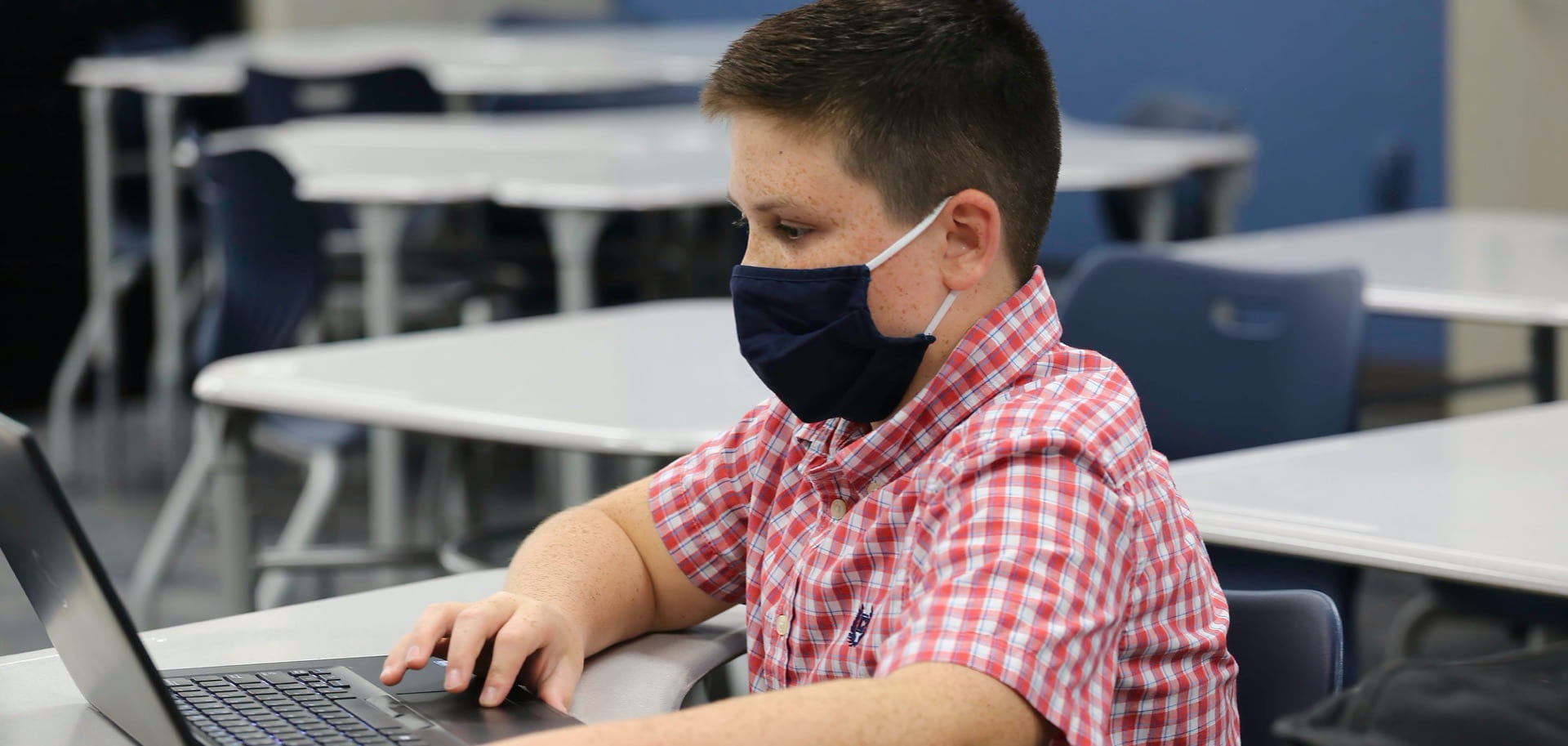Moving up to secondary school during a pandemic is difficult. Here are some ways for teachers to help
By Blog Editor, IOE Digital, on 4 September 2020
By Sandra Leaton Gray and Jane Perryman
When researchers visit schools to ask young people about their experiences of moving up to secondary school, there are a number of repeating themes. They are excited by the idea of new school uniforms, learning new subjects in specialist rooms, using special equipment, meeting new teachers, joining interesting clubs, and making new friends.
However, moving up to secondary school can also cause young people to develop worries. Things like getting lost on a large school site, having lots of homework, being bullied, and not having enough friends will often cause concern. Schools are well aware of this phenomenon, of course, and generally handle young people’s anxieties very well, which means that by the end of the first term, the vast majority have settled into their new educational homes and can barely remember what it was like being at primary school. The strategies used by secondary schools to encourage this settling in process include liaising closely with primary staff, welcoming Year 6 pupils in for taster days, and visiting them in their primary schools. It’s a robust formula based on research into the relationship between adolescent development, socialisation and school attainment, and it’s something UK schools usually do pretty well.
This year it’s very different. Many young people have not been in school since March, and others have had little opportunity to engage in home learning during that period either. Others have been able to pursue their personal interests in depth with help from parents, in ways that go beyond the normal curriculum. Cohorts of students have become very fragmented. Schools have made extraordinary efforts to adapt to these new conditions, but it hasn’t been easy. Supported by the UCL Coronavirus Response Fund, UCL Institute of Education researchers have taken part in a research project over the summer to identify areas of best practice that may be of most use to Year 7 students and their schools, and produced two leaflets aimed at offering support during the first weeks and months. We reviewed the latest international research, spoke to children and teachers and ran surveys to identify what strategies are needed to help primary to secondary transition run smoothly, and these were the top responses.
- Prioritise relationship building even more than usual. Plugging curriculum gaps can come later.
- Make sure there is some flexibility in routines that allows for future disruption as well as individual difficulties amongst students.
- Provide robust ICT training so that students who have to self-isolate or become involved in local lockdowns can use school Virtual Learning Environments or learning platforms without difficulty.
- Consider making paper-based textbooks available as an additional resource, particularly in situations where broadband can be difficult to access.
- Encourage students to be as physically active as possible, as they may have become very sedentary during lockdown.
- Offer space for young people to discuss their experiences during the pandemic, but also allow them to opt out of discussing them if this is what they want.
- Expect groups of students to be arriving at secondary school with vastly different educational experiences, and work to accommodate these differences.
- Monitor group relationships within bubbles/classes/tutor groups and during unstructured periods of the school day, such as lunchtimes, to make sure students are able to build solid friendship networks.
- Make sure students get to use specialist teaching rooms and equipment where possible, and promote their use when possible.
- Avoid setting and streaming students where possible, using mixed ability teaching instead (but paying careful attention to the need for differentiation).
Hindsight will be the greatest gift when it comes to 2020, and it’s hard to know in the meantime which of these tips will be the most useful. One thing that has become clear in the research is that we are facing what lots of people are calling a ‘new normal’, and if we respect the situation rather than attempting to impose our old models on it, transitions will be more painless, as long as we keep human relationships at the centre of what we do in schools.
Download our student guide here.
Download our teacher guide here.
Photo by Jill Carlson (jillcarlson.org) via Creative Commons
 Close
Close




